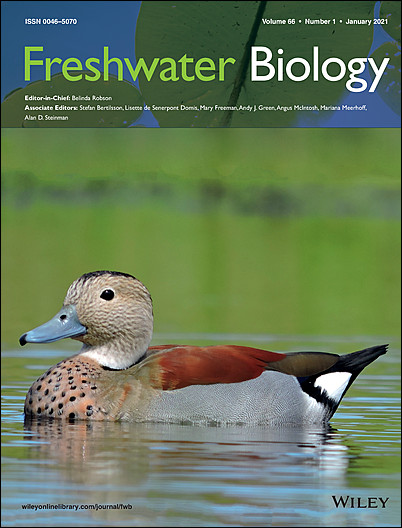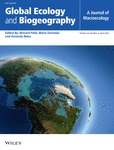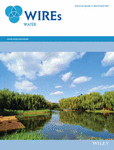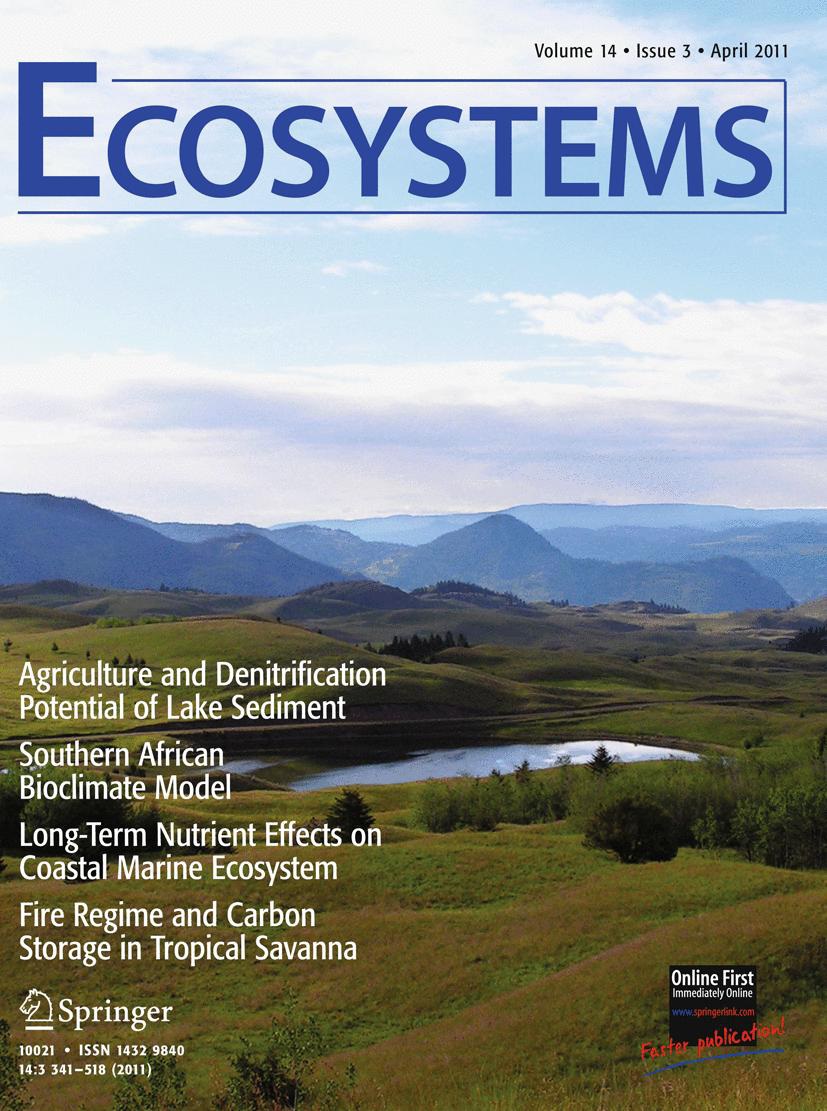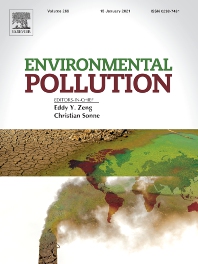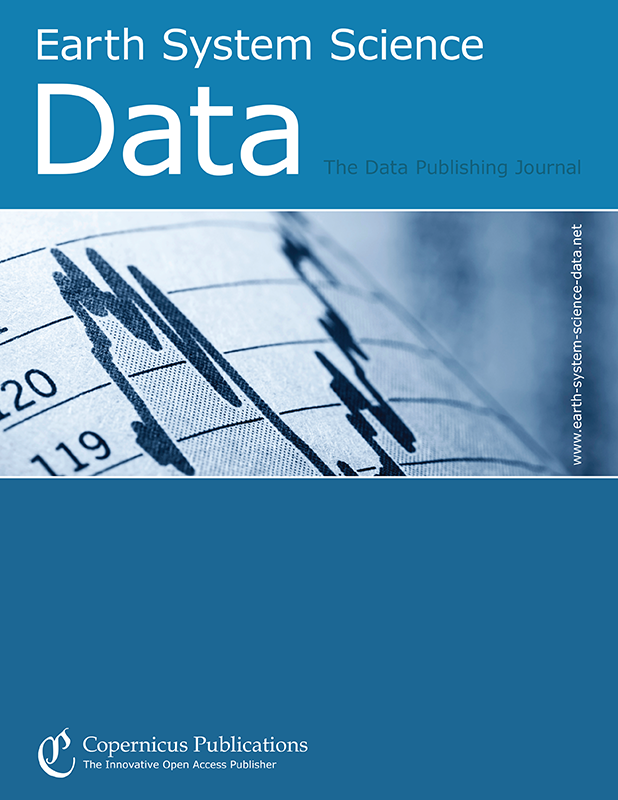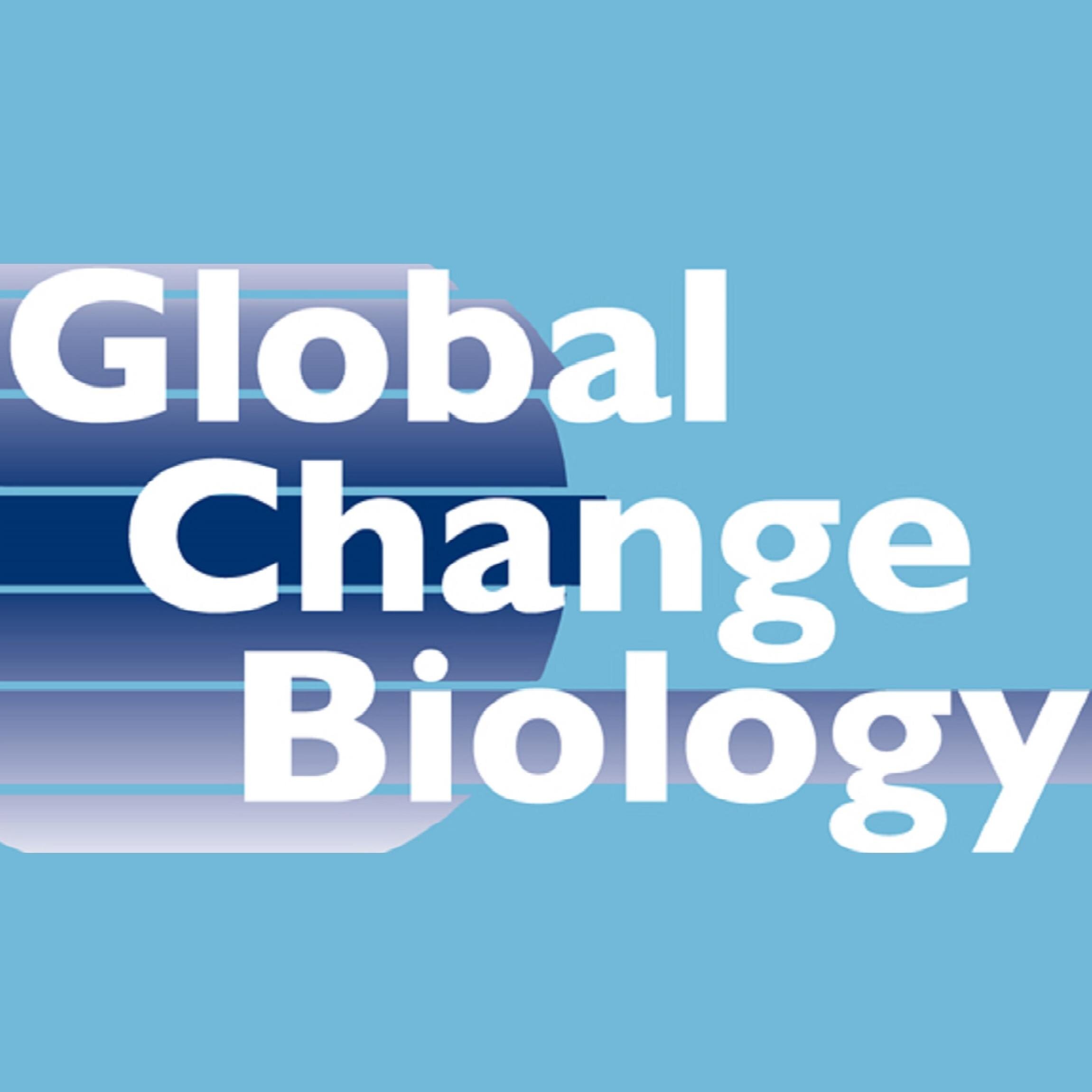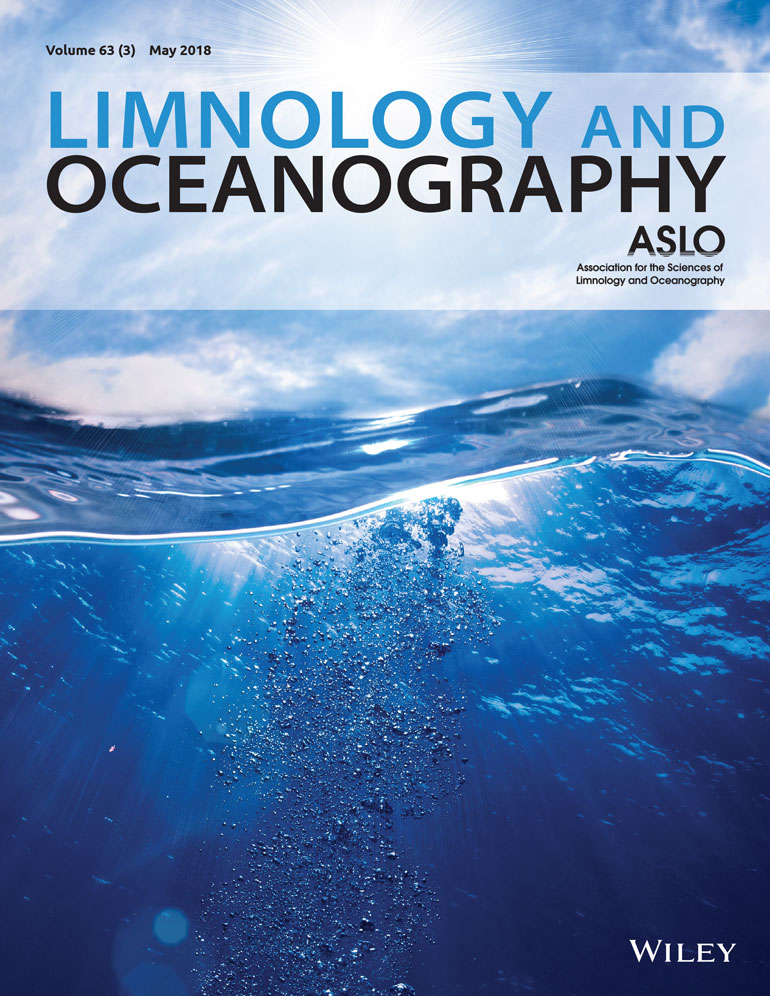- Department:(Dept. 2) Community and Ecosystem Ecology
A database of freshwater macroinvertebrate occurrence records across Cuba
the researchers have set up a database with geo-referenced occurrence records of four groups of freshwater invertebrate taxa across Cuba. Detailed knowledge of the spatial distribution of freshwater species is an important basis for monitoring changes in aquatic ecosystems.
Do alien species affect native freshwater megafauna?
The authors undertook the first global assessment of the impacts of alien species on native freshwater megafauna using the Environmental Impact Classification for Alien Taxa framework. Negative impacts on native freshwater megafauna were caused by 61 alien species from diverse taxonomic groups, including both freshwater and terrestrial alien species, and both vertebrates and invertebrates.
The global EPTO database: worldwide occurrences of aquatic insects
Thanks to the commitment of nearly 100 researchers, the EPTO-database is the first global data source regarding geo-referenced and freely available data sets on aquatic insect occurrences - Mayflies (Ephemeroptera), stoneflies (Plecoptera), caddisflies (Trichoptera) and dragonflies (Odonata) - worldwide.
Multispecies assemblages and multiple stressors: synthesizing the state of experimental research in freshwaters
This is a review of multiple-stressor research in freshwaters, particularly studies that have experimentally manipulated multiple stressors and measured responses of multispecies assemblages. There is a gap between biotic interactions under multiple stressors and ecosystem recovery pathways after restoration, indicating a disconnect between multiple stressor research and environmental practice.
The Asymmetric Response Concept explains ecological consequences of multiple stressor exposure and release
Multiple stressors can affect species indirectly through either abiotic variables or impacts on non-target species. Stress tolerance is the key determinant of responses to increasing stress intensity. Dispersal and biotic interactions are the two key mechanisms governing responses to the release from stressors.
Trophic Transfer Efficiency in Lakes
The authors explored how spatial and temporal variability of lake food webs and their links to the terrestrial environment affect trophic transfer efficiency (TTE). They suggest that TTE can be estimated as mechanistic expression of energy flow between consumer and producer pairs, or as ecosystem efficiency comparing total sums of heterotrophic production rates with fixation rates of carbon.
Large-scale sampling of the freshwater microbiome suggests pollution-driven ecosystem changes
Citizen scientists sampled more than 600 freshwaters in Germany. This unique data set provides evidence of 3 trends: first, microorganisms in the sediment show signs of chemical stress and antibiotic resistance in their genetic material. Second, excessive artificial lighting at night alters the species composition of microorganisms. And third, all studied water bodies emit greenhouse gases.
Hydrography90m : a new high-resolution global hydrographic dataset
The authors used a digital elevation model at 90m resolution and extracted the stream network, sub-catchments and drainage basins along with a suite of topographical and topological attributes. "Hydrography90m" provides a global, high-resolution and standardized dataset, emphasizing headwater streams, and can be used in spatial freshwater biodiversity analyses.
Invasion impacts and dynamics of a European-wide introduced species
The authors assessed the invasion dynamics of the New Zealand mud snail Potamopyrgus antipodarum, one of the most damaging freshwater invaders. They observed that the snail abundance increased through time with 59% of populations following the proposed pattern, providing insights into large-scale invasion dynamics to inform management actions to mitigate impacts on ecosystems and economies.
From minute to day: ecophysiological response of phytoplankton to fluctuating light exposure during vertical mixing
The authors performed a cross-timescale investigation of a suite of physiological processes governing phytoplankton growth under fluctuating light exposure during vertical mixing: Respiration was enhanced in the short periods of low light following higher photosynthesis at the lake surface, indicating a tight connection between photosynthesis, respiration and biosynthesis under fluctuating light.



